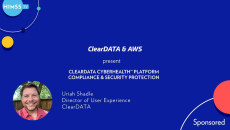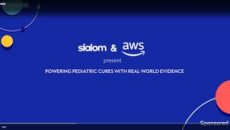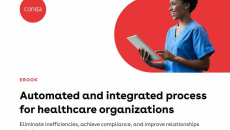White Papers
Many healthcare organizations are struggling to keep up with changing patient expectations, rising costs, staff shortages and more. Although technology may seem like the obvious solution to these problems, providers must ensure that the tools they use enhance patient experiences while also driving efficiencies and improving the organization’s bottom line.
While businesses in other industries are deploying AI to improve consumer experiences, McKinsey and Harvard research shows that many healthcare organizations (HCOs) are reluctant to adopt AI partly because of distrust in the technology. As healthcare continues to transition to value-based care models, patient relationship management (PRM) is essential for improving patient outcomes and bringing financial benefits for HCOs, and AI will become a powerful tool in meeting these goals. This eBook explains how omnichannel, AI-driven virtual assistance supports long-term, meaningful patient relationships.
Aging healthcare facilities may not be prepared to adequately support new technologies or the changing needs of an older, sicker population. And according to the American Society for Health Care Engineering (ASHE), 35% of surveyed healthcare organizations have deferred maintenance until equipment needed emergency repairs — at an 18% higher average cost than non-emergency repairs. Explore cost-effective ways to update existing facilities in Honeywell’s eBook.
Modern healthcare facilities must be built with future patient and staff needs, as well as other factors like air quality and energy efficiency, in mind. Honeywell’s eBook explains how to construct new buildings in a way that maximizes operational efficiency, enhances patient and staff safety, and extends facilities’ longevity.
For many healthcare organizations (HCOs) working in a cloud environment, data visibility issues can present a challenge to maintaining regulatory compliance. ClearDATA’s CyberHealth™ Platform provides a real-time overview of an HCO’s data landscape, and its automated safeguards and controls with remediation steps enhance data security and compliance in the cloud.
Many healthcare organizations (HCOs) are struggling to both reduce costs and invest in digital transformation amid shrinking margins. However, HCOs can realize both goals by migrating to the cloud and redirecting the savings they realize through cloud migration into funding continued digital transformation.
Children diagnosed with diffuse midline glioma (DMG) or diffuse intrinsic pontine glioma (DIPG) generally have between nine and 11 months left to live. Join Mika Newton, CEO of xCures, and David Frigeri, managing director of healthcare data and analytics at Slalom, as they discuss Slalom’s work with xCures.
While patients expect personalized and convenient experiences from their healthcare providers, clinicians need access to patient data and clinical decision support to accommodate greater patient volumes and mitigate workforce shortages.
While most healthcare organizations (HCOs) have processes in place around contract creation, procurement and onboarding, these processes are generally manual, costly and time-consuming. This results in visibility gaps that increase the likelihood of errors, omissions or contract delays.
Healthcare facility security teams are tasked with guarding staff and patients, securing valuables, protecting data, and managing emergencies 24/7 while also maintaining regulatory compliance.









